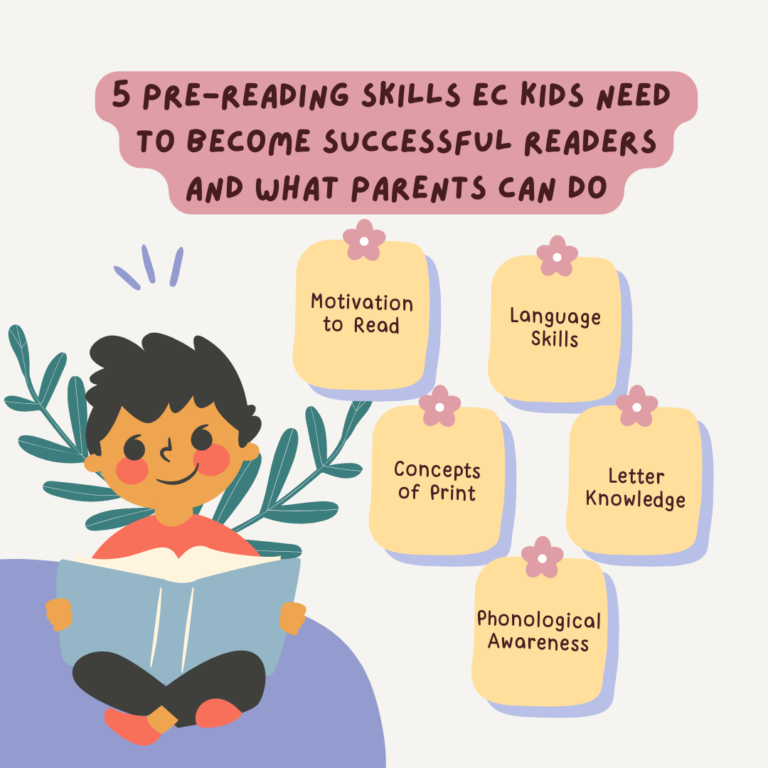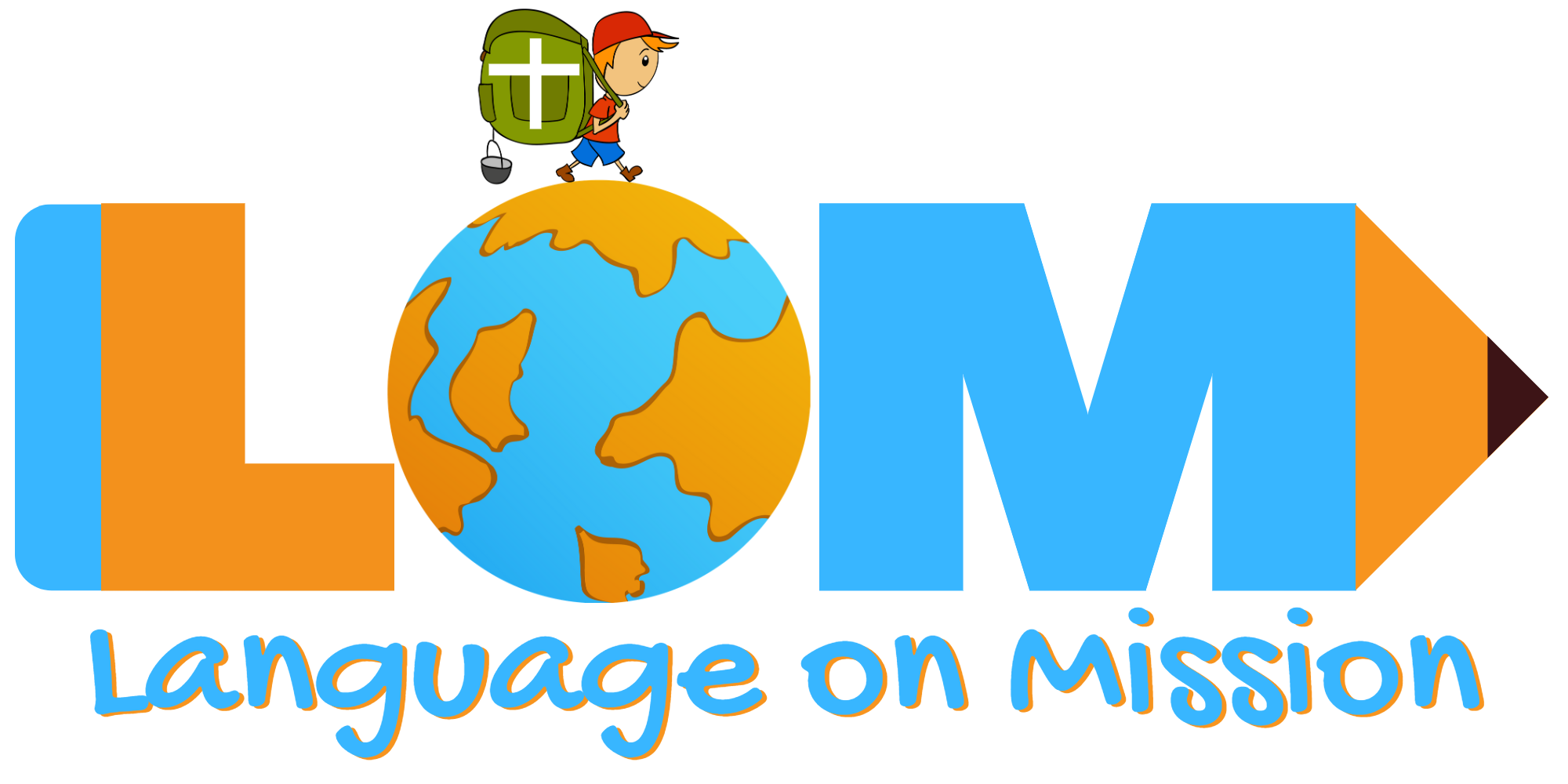1. Motivation
In order to learn, children need to be ready and motivated to read.
- Read to your child everyday, and read with enthusiasm! Bring out your inner actor by using different voices and adding special effects.
- Get them involved! Go to the library or book store, participate in the CBA Book Fest, let your child choose what they want you to read.
2. Language Skills
Children need basic language skills before learning how to read so they can describe things and share their knowledge and ideas. They need to be able to comprehend what is being read and acquire vocabulary.
- Point out story elements while reading, such as characters and setting, and ask your child about them later.
- Ask your child open-ended questions like “what do you think will happen next?”
- Have your child retell stories using homemade puppets or by acting them out.
- Encourage your child to make up their own story.
3. Concepts of Print
In order to learn how to read, children must understand how books work or “concepts of print.” Children must understand that the printed words represent a spoken word and convey a message.
- Use your finger to track the words.
- Point to the parts of a book such as the front cover, title, and author.
- Let your child hold the book, turn the pages, and point to the words as you read.
4. Letter Knowledge
Letter knowledge is understanding that the letters of the alphabet have different shapes, names, and sounds and that a letter can be represented by an uppercase or lowercase symbol.
- Teach your child about the everyday symbols around you, such as stop signs.
- Teach your child the letters in their name.
- Read alphabet books (from the library, bookstore, etc.).
- Ask your child to identify letters on things at home, in the grocery store, or on signs around town.
- Make your own alphabet books.
5. Phonological Awareness
Phonological awareness is hearing and understanding that words are made up of smaller sounds.
- Sing songs and rhymes.
- Play word games.
- Read rhyming books.
- Ask your child which words rhyme.
- Make up rhymes with your child.
- Count the syllables in a word.
- Blend sounds together.
- Segment or break words down into individual sounds.
- Substitute one letter sound for another one to make a new word (real or silly).

Tagged annoucementimportantnews


